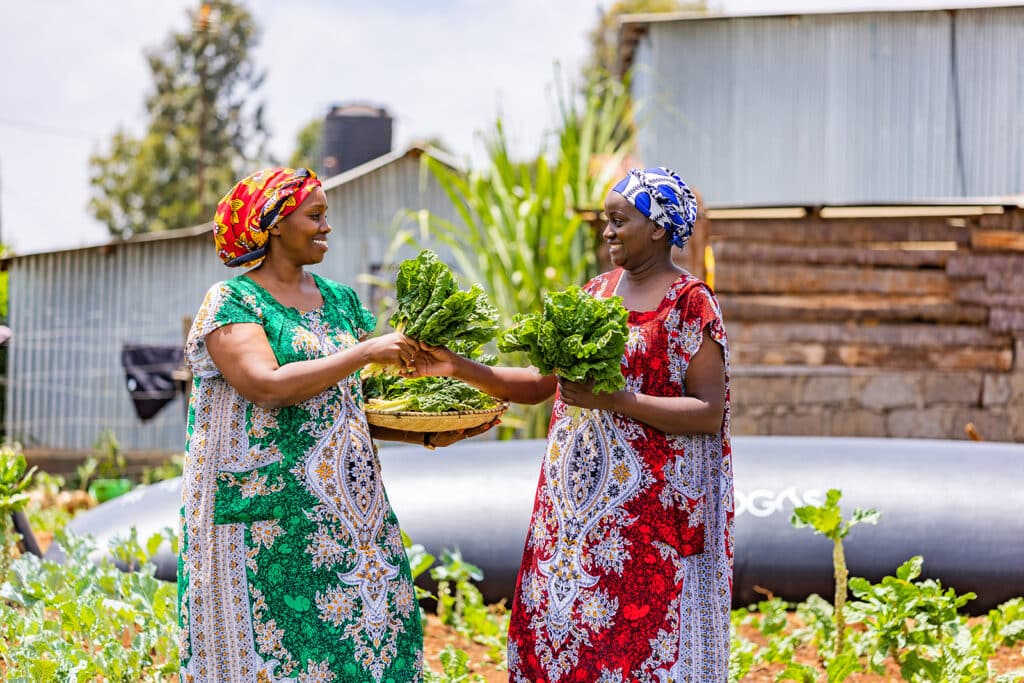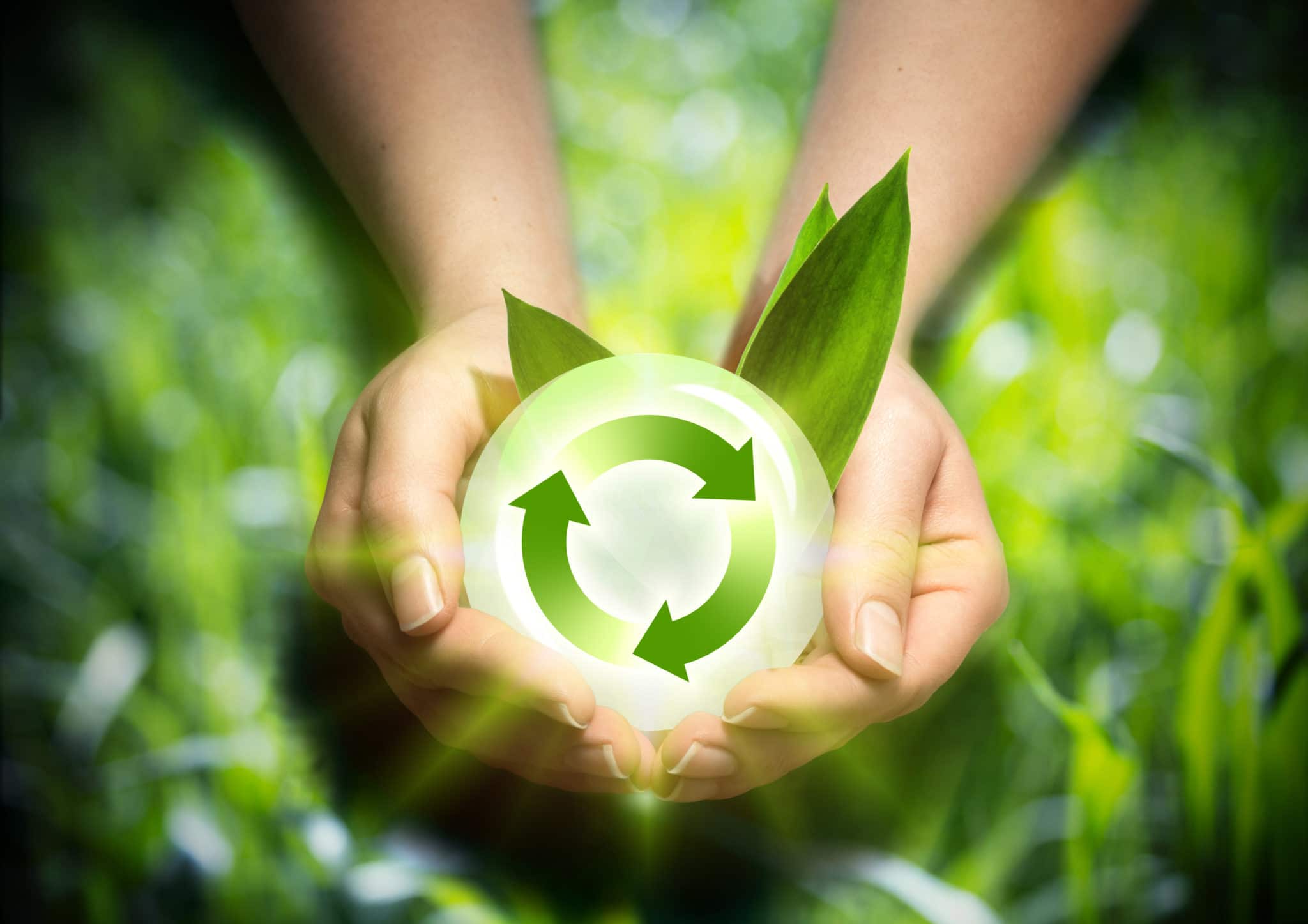
Waste-to-energy
This decomposition mentioned above, happens in an anaerobic environment, so the process resulting in biogas is also known as anaerobic digestion — a natural form of waste-to-energy that uses the process of fermentation to break down organic matter. Animal manure, food scraps, wastewater, and sewage are examples of organic matter that can generate biogas through anaerobic digestion. Due to the high methane content (typically 50-75%), biogas is flammable, and therefore produces a deep blue flame and can be used as an energy source.
What is biogas?
Biogas is a gas produced from organic materials like animal waste, and food scraps.
It is created through a process called anaerobic digestion, where bacteria break down these materials in the absence of oxygen. This digestion produces a mixture of gases, primarily methane, and carbon dioxide, which can be used as a source of energy.
Biogas is considered a renewable energy source because the organic materials used to produce it can be replenished. It can be used for various purposes, such as heating, cooking, and generating electricity.
Biogas is also a cleaner alternative to traditional fossil fuels since it produces fewer greenhouse gas emissions when burned.
In summary, biogas is a gas made from organic materials that can be used as an environmentally friendly energy source. A more sustainable planet starts with what you do in your own backyard and HomeBiogas has created advanced systems that can help.
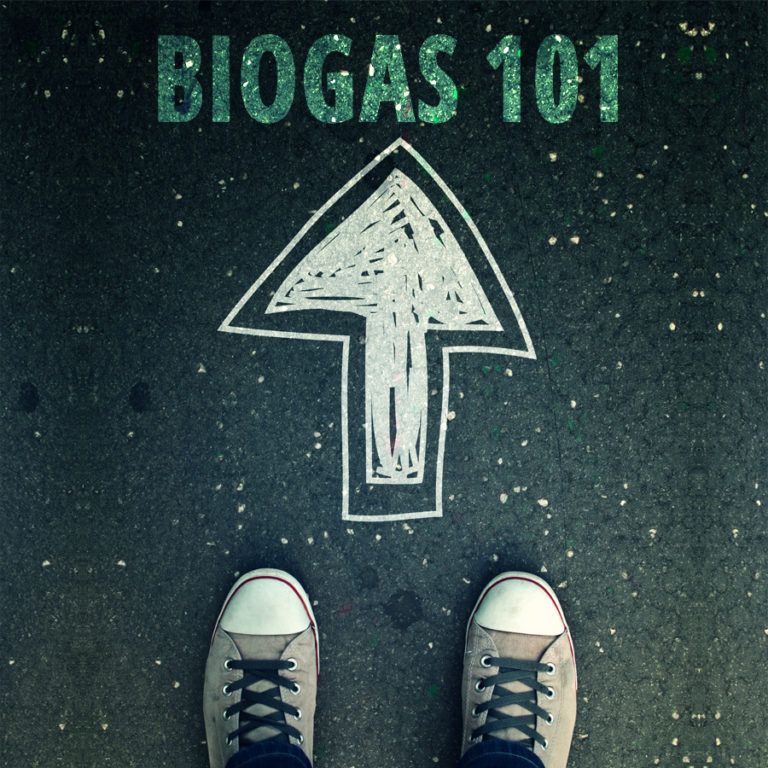
What is biogas made of?
Since biogas results from a natural process occurring in a sealed environment, controlling its composition can be challenging. That’s why the methane-carbon dioxide ratio can vary. The most common ratio is 60% CH4 (methane) and 40% CO2 (carbon dioxide), but you can expect biogas to contain methane in a proportion of 45 to 75% and carbon dioxide from 55 to 25%.
Biogas advantages and disadvantages
Generating and using biogas has advantages and disadvantages, like all other energy sources. You should carefully consider these practical aspects when analyzing whether to invest in a biogas plant.
Among the most popular benefits of biogas, we can mention:
1. It is a renewable, clean source of energy that relies on a carbon-neutral process, meaning that no new amounts of carbon are released into the atmosphere when using biogas.
2. It helps divert food waste from landfills, positively impacting the environment and economics.
3. It reduces soil and water contamination from animal manure and human feces, maintaining a healthy and safe environment for many communities worldwide.
4. It reduces the amount of CH4 (methane) emitted to the atmosphere, countering climate change with a possible immediate impact on the environment.
5. A bi-product is organic fertilizer which is a cost effective way to grow healthy crops.
Some of the disadvantages of relying on biogas as a source of energy can be:
1. Biogas production depends on a biological process, so it can’t be completely controlled.
2. It works better in warm climates, meaning that biogas isn’t accessible equally worldwide.
What kind of waste can produce biogas?
All organic waste can be used to produce biogas. You can use raw materials such as agricultural waste, municipal waste, plant material, manure, human feces, sewage, garden (green) waste, or food waste. For human waste, a Bio-toilet is recommended.
Is biogas good or bad?
Biogas is an excellent source of clean energy, meaning that it has a lower impact on the environment than fossil fuels. While not having a zero impact on the ecosystems, biogas is carbon-neutral. That’s because biogas is produced from plant matter, which has previously fixed carbon from carbon dioxide in the atmosphere. A balance between the carbon released from biogas and the amount absorbed from the atmosphere is maintained.
The Ecology of Biogas
Biogas is known as an environment-friendly energy source because it alleviates two major environmental problems simultaneously:
1. The global waste epidemic releases dangerous levels of methane gas every day.
2. We rely on fossil fuel energy to meet global energy demand.
The biogas production process utilizes nature’s elegant tendency to recycle substances into productive resources to convert organic waste into energy. Biogas generation recovers waste materials that would otherwise pollute landfills, prevents the use of toxic chemicals in sewage treatment plants, and saves money, energy, and material by treating waste on-site.
Moreover, biogas usage does not require fossil fuel extraction to produce energy. Instead, biogas takes a problematic gas and converts it. More specifically, the methane content present in decomposing waste is converted into carbon dioxide. Methane gas has approximately 20 to 30 times the heat-trapping capabilities of carbon dioxide. In simple words, when a rotting loaf of bread converts into biogas, the loaf’s environmental impact will be about ten times less potent than if it was left to rot in a landfill.
Biogas Digesters
As opposed to letting methane gas release to the atmosphere, biogas digesters are the systems that process waste into biogas, and then channel that biogas so that the energy can be productively used. There are several types of biogas systems and plants that have been designed to make efficient use of biogas. While each model differs depending on input, output, size, and type, the biological process that converts organic waste into biogas is uniform.
As opposed to letting methane gas release into the atmosphere, biogas digesters are systems that process waste into biogas and then channel that biogas so that the energy can be productively used.
There are several types of biogas systems and plants that have been designed to make efficient use of biogas. While each model differs depending on input, output, size, and type, the biological process that converts organic waste into biogas is uniform. Biogas digesters receive organic matter, which decomposes in a digestion chamber. The digestion chamber is fully submerged in water, making it an anaerobic (oxygen-free) environment. The anaerobic environment allows for microorganisms to break down the organic material and convert it into biogas.
All-Natural Fertilizer
Because the organic material decomposes in a liquid environment, nutrients in the waste dissolve into the water and Because the organic material decomposes in a liquid environment, nutrients in the waste dissolve into the water and create a nutrient-rich sludge, typically used as fertilizer for plants. This fertilizer output is generated daily and therefore is a highly productive by-product of anaerobic digestion.
Biological breakdown
Organic matter ferments with the help of bacterial communities to produce biogas. Four stages of fermentation move the organic material from its initial composition into a biogas state.
1. The first stage of the digestion process is the hydrolysis stage. In the hydrolysis stage, insoluble organic polymers (such as carbohydrates) are broken down, making them accessible to the next stage of bacteria called acidogenic bacteria.
2. The acidogenic bacteria convert sugars and amino acids into carbon dioxide, hydrogen, ammonia, and organic acids.
3. At the third stage, the acetogenic bacteria convert the organic acids into acetic acid, hydrogen, ammonia, and carbon dioxide. This process makes the final step possible with the help of methanogens.
4. The methanogens convert these final components into methane and carbon dioxide, which can be used as flammable, green energy.

History of Biogas
This anaerobic process of decomposition (or fermentation) of organic matter happens all around us in nature and has been happening for a very long time. The bacteria that break down organic material into biogas are some of the oldest multi-celled organisms on the planet. Human use of biogas, of course, doesn’t go that far back. Anecdotal evidence traces the first uses of biogas to the Assyrians and the Persians in the 10th and 16th centuries. More recently, the 20th century has brought about a renaissance of both industrial and small-scale biogas systems.
In the 18th century, it became clear to Flemish chemist Jan Baptise van Helmont that decomposing organic matter produced a combustible gas. Soon after, John Dalton and Humphrey Davy clarified that this flammable gas was methane. The first significant anaerobic digestion plant dates back to 1859 in Bombay. In 1898, the UK used anaerobic digestion to convert sewage into biogas, then used to light street lamps. For the next century, anaerobic digestion was primarily used as a means to treat municipal wastewater. When the price of fossil fuels rose in the 1970’s industrial anaerobic digestion plants increased in popularity and efficiency.
Both India and China began developing small-scale biogas digesters for farmers around the 1960’s. The goal was to decrease energy poverty in rural areas and make cleaner cooking fuels more accessible in remote areas. Close to one-third of the global population still uses firewood and other biomass for energy, causing devastating health and environmental problems.
In India, the popular model is the floating drum digester, and China’s preferred biogas model is the fixed dome digester.
Since then, family-sized biogas units have been gaining more attention and popularity as both a means of reducing household waste and providing clean, renewable energy to families throughout the world. In the past 15 years, countries around the globe have been adopting biogas programs to make both household biogas systems and larger anaerobic digestion plants accessible, efficient, and convenient. As landfills get illegally overloaded, and the release of methane poses more worrying problems, the benefits of biogas systems become more relevant and important.
Many Uses of Biogas:
Biogas can be produced with various types of organic matter, and therefore there are several types of models for biogas digesters. Some industrial systems are designed to treat: municipal wastewater, industrial wastewater, municipal solid waste, and agricultural waste.
Small-scale systems are typically used for digesting animal waste. And newer family-size systems are designed to digest food waste. The resulting biogas can be used in gas, electricity, heat, and transportation fuels.

HomeBiogas 2
Designed for the next generation of green innovation.
For example, in Sweden, hundreds of cars and buses run on refined biogas. The biogas in Sweden is produced primarily from sewage treatment plants and landfills.
Another example of the diversified uses of biogas is the First Milk plant. One of the UK’s biggest cheesemakers is building an anaerobic digestion plant to process dairy residues and convert them into bio-methane for the gas grid. New anaerobic digestion plants like these with fascinating stories keep popping up every day.
Small-Scale Biogas Systems
Small-scale or family-size biogas digesters are most frequently found in India and China. However, the demand for such units is growing fast thanks to more advanced and convenient technologies, such as HomeBiogas. As the modern world produces more and more waste, individuals are eager to find ecological ways to treat their trash.
Traditional systems typically found in India and China focus on animal waste. Due to a lack of energy in rural areas combined with a surplus of animal manure, biogas digesters are very popular, practical, and even life-changing. In many developing countries, biogas digesters are even subsidized and advocated by the government and local ministries, who see various biogas benefits. In addition to having clean, renewable energy that provides gas in the kitchen, many families make extensive use of the fertilizer by-product that biogas digesters provide.
In African countries, some biogas users even turn a profit by selling the bio-slurry by-product produced by biogas systems. This bio-slurry is different from the liquid fertilizer that is made daily. Bio-slurry refers to the most decomposed stage of the organic matter after it has been broken down in the digester. Bio-slurry sinks to the bottom of the biogas system, and with the help of modern units like HomeBiogas, is quickly emptied once accrued (usually an annual process). This bio-slurry is, in fact, a nutrient-dense sludge that provides lots of benefits to soil and can increase the productivity of vegetable gardens.
Biogas is a technology that mimics nature’s ability to give back. Both industrial-size and family-size biogas units are becoming incredibly popular and relevant in today’s world. As the application grows, biogas can make a significant impact on reducing greenhouse gases. Biogas is applicable both in underdeveloped and industrialized countries as a clean energy source and a renewable means of treating organic waste.
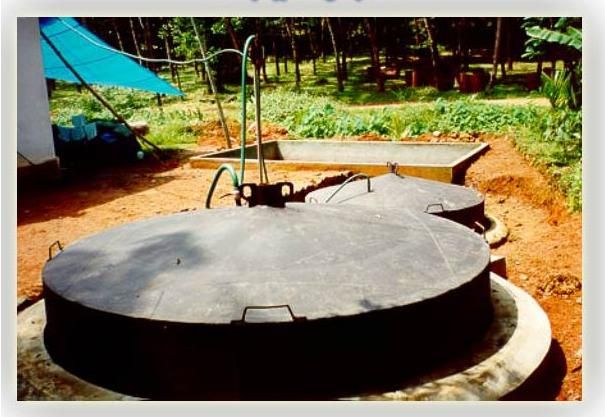
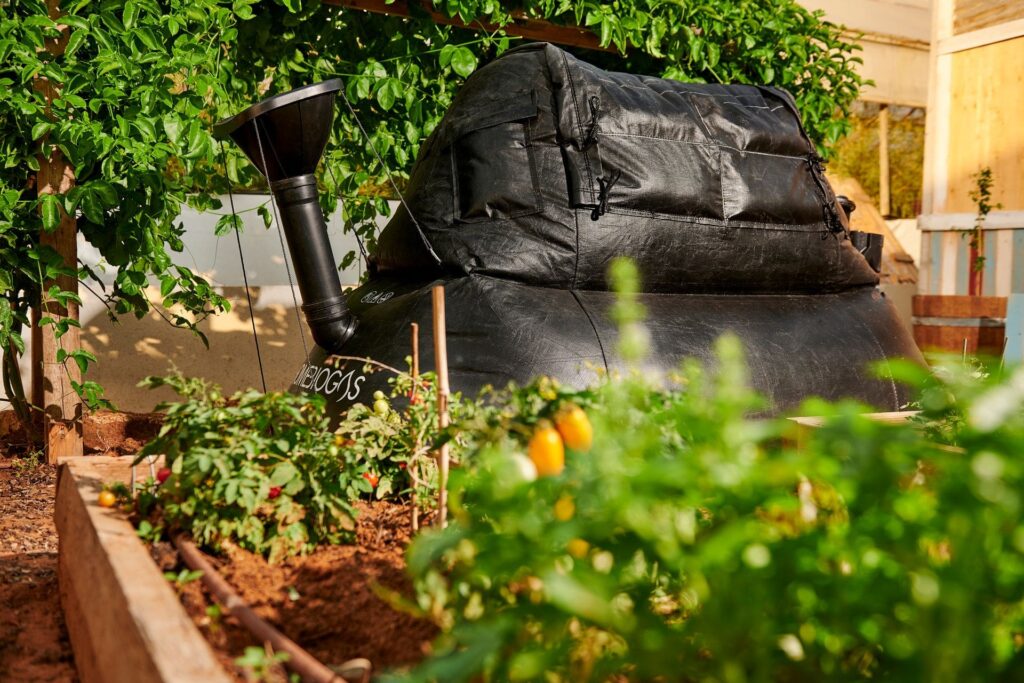
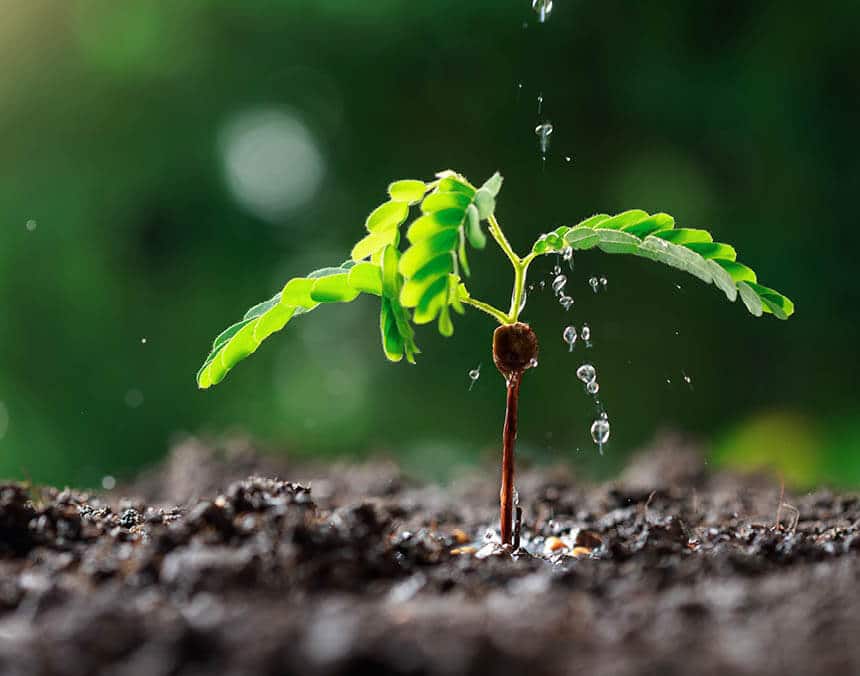
The Future of Biogas
As the world continues to seek sustainable energy solutions, the potential of biogas as a renewable, clean, and versatile energy source cannot be underestimated. Governments and private sectors should invest in research and development to improve the biogas production and utilization technologies. With the right support and incentives, biogas companies like HomeBiogas can significantly meet the growing global energy demand while reducing greenhouse gas emissions and promoting a greener, cleaner future.
Conclusion
In conclusion, biogas offers a promising solution to some of the most pressing environmental and energy challenges we face today. By embracing this sustainable energy source, we can help build a cleaner, greener future for future generations.




